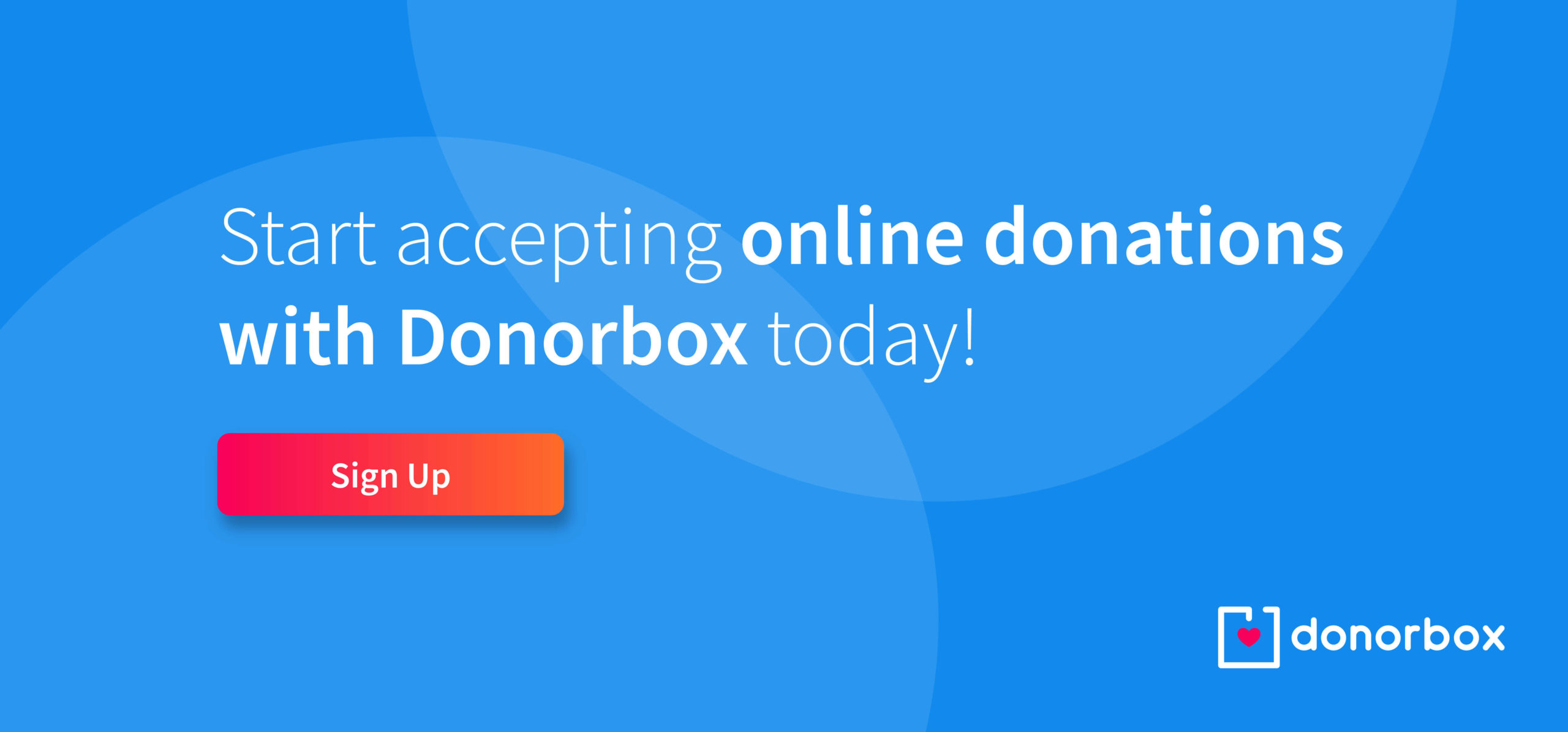How to Motivate Your Board Members to Fundraise
Discover some of the common board member fundraising responsibilities and learn key strategies to motivate them to raise more for your cause.

Discover some of the common board member fundraising responsibilities and learn key strategies to motivate them to raise more for your cause.

How much giving can you attribute to your board this year? What about last year?
If you’re noticing that your board fundraising is lagging, it may be time to evaluate your strategy and try some new tactics to get your board members more involved in your organization’s fundraising.
Fundraising has always been a part of a board member’s essential duties, but the degree of importance varies from organization to organization. Whatever fundraising help you may need, it’s crucial that you feel comfortable setting expectations and asking for support.
Read on to learn more about typical board member fundraising responsibilities, as well as the best ways to motivate them to step up and get more involved.
Typically, board members have connections that can be beneficial to your organization. Whether these connections are business colleagues looking to make a difference or local philanthropists, they are crucial to growing your organization’s giving.
This responsibility can be as simple as having board members bring their connections to your next donor appreciation party to learn more about your mission. Or you can provide your board with a list of lapsed donors and see who they may know – then they can work on securing another donation on your behalf.
You may also ask board members to fundraise for you using a peer-to-peer campaign. Donorbox Peer-to-Peer makes it easy to empower your board to raise more. Simply enable the feature on your campaign and invite your fundraisers via email. You can also choose to allow anyone to fundraise on your behalf by clicking a button on your campaign page. They’ll then receive an email with instructions to set up their peer-to-peer fundraising pages, where they can collect donations that will automatically flow to your Donorbox account.
Another common responsibility expected of board members is simply giving! After all, they’ve already decided to support your organization by volunteering to guide your future. Their financial support should be a part of this, too.
You can approach board fundraising in a couple of ways:
Whichever route you go, board members should expect to make a financial contribution to your mission.
Showing gratitude is a crucial step in stewarding long-lasting donor relationships. And your board members can play an important role!
A thank-you message from a board member is incredibly valuable for donors. It shows that the organization’s leaders care enough to take the time to show their appreciation. Since board members are volunteers and not paid staff, their gratitude also shows a genuine passion toward your organization’s mission – one they share with those who donate.
Some organizations require board members to pledge a certain amount every year. This pledge can be met through personal giving (including in-kind gifts) or through bringing in donations from their company or network.
Learn more about pledges and download our free pledge form template in this blog!
Donorbox makes it easy to collect board pledge payments. Simply add a designation on your donation form to allow board members to make their payments with a card, bank transfer, digital wallet, stock, or cryptocurrency.

A matching gift campaign can help drive more donations on giving days like Giving Tuesday or any time your organization runs a campaign for a specific result.
Board members can agree to match gifts up to a certain amount to encourage more giving – and to help you reach your fundraising goal.
If their employer offers gift matching, they should ensure your organization receives that additional perk.
Pro tip: Encourage more board giving by running a matching campaign just with the board itself! If you have an interested member, ask them to set an amount that they will give only if each board member gives the minimum amount. This will encourage more giving and help keep board members accountable to each other, too.
Participating in event planning is a big part of the board’s role. While not every board member will want to participate, any fundraising gala or other event should have a planning committee comprised of board members, volunteers, and staff.
Their involvement helps secure event sponsorships, donated auction items, and more – which makes for a more successful fundraising event.
Although fundraising in some capacity should always be a part of a board seat, sometimes it’s hard to motivate members to step up and participate. Here are six ways you can encourage more board member fundraising.
What expectations does your organization have for your board?
It’s up to you to state these clearly and ensure each new member fully understands their commitment when they sign on. You can do this by outlining any financial commitments or fundraising expectations in your board onboarding packet and encouraging questions from new and established members.
If your board members receive an outline of your expectations during their onboarding and then never see it again, can you blame them for falling short?
Regularly reminding your board of the commitment they’ve made will help them meet your expectations and keep their fundraising responsibilities at the top of their mind.
We recommend having board members review their commitments at least once annually, if not biannually.
Your board should receive regular reports on the financial health of the organization – so why not include an update on your recent fundraising efforts at every board meeting?
Providing regular updates and including ways they can help will remind them of their commitment while giving them more opportunities to get involved.
It’s unfair to expect your board to fundraise for you without the tools they need to be successful.
Provide them with up-to-date information about your activities. This should include the following:
Beyond this useful info, include anything else that may be helpful for a specific task. For example, if you’d like help connecting with lapsed donors, provide board members with a list and ask if they recognize any names.
Donorbox has easy-to-use reporting templates to help you quickly pull this info. For example, use the LYBUNT report template to find lapsed donors.

From here, you can set unique parameters to pull the exact data needed to share with your board.
We’re used to asking our board members to support us. But when was the last time you asked how you could support their fundraising efforts?
Asking these types of questions helps build a collaborative atmosphere between your staff and your board, while at the same time serving as a subtle reminder that fundraising must be one of their focuses.
When your board supports your fundraising efforts, they deserve an extra dose of gratitude.
Here are some ideas to show how grateful you are for their fundraising help:
Get creative and share your appreciation!
Pro tip: Ensure your board’s experience is a positive one with enriching activities that go beyond asking them for support. Can you bring in one of your programming directors to give a presentation about an aspect of your mission? Or introduce your board members to a prominent member of your community? This will help you recruit better board members – and demonstrate how much you value them.
For more advice, listen to our podcast with expert fundraiser Adam Morgan! He details exactly how to get your board members more involved in year-end fundraising (and all year long!).
Sometimes asking your board members to fundraise can be uncomfortable. But this is one of their responsibilities, and if they want to support your organization they should understand the importance of raising funds.
Never be afraid to set expectations for your board members, whether they must disclose conflicts of interest, attend meetings regularly, or fundraise a certain amount. Just ensure you clarify those expectations and regularly share them with your members, with ample opportunities for them to get involved and ask for support in return.
Donorbox makes it easy for anyone in your organization – or outside of it! – to fundraise on your behalf. With Peer-to-Peer, anyone can easily create a customized fundraising page to share why your cause is so important to them and raise more. Easy giving through multi-step donation forms optimized for multiple payment types and powerful backend tools combine to connect you with more donors – and build stronger relationships with the ones you already have. Sign up today!
For more fundraising tips, check out the rest of our Nonprofit Blog. Subscribe to our newsletter for curated blog content delivered to your inbox every month.

Subscribe to our e-newsletter to receive the latest blogs, news, and more in your inbox.

